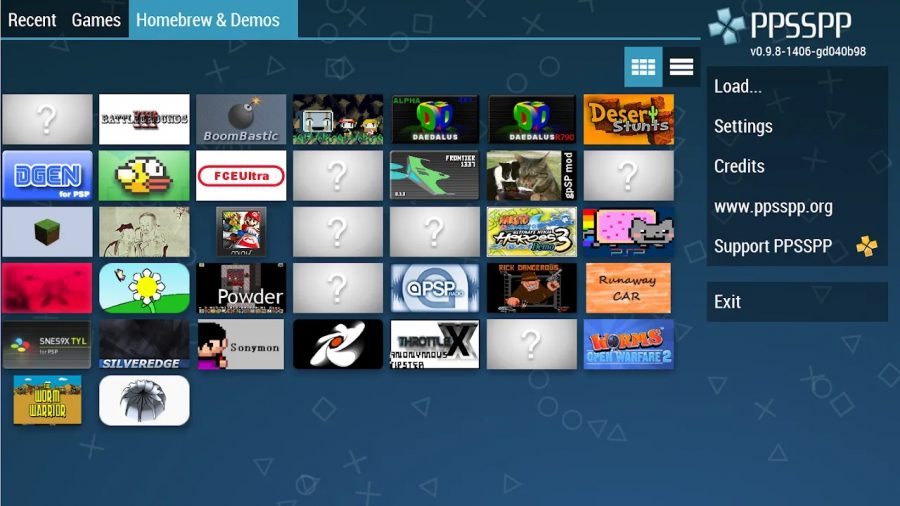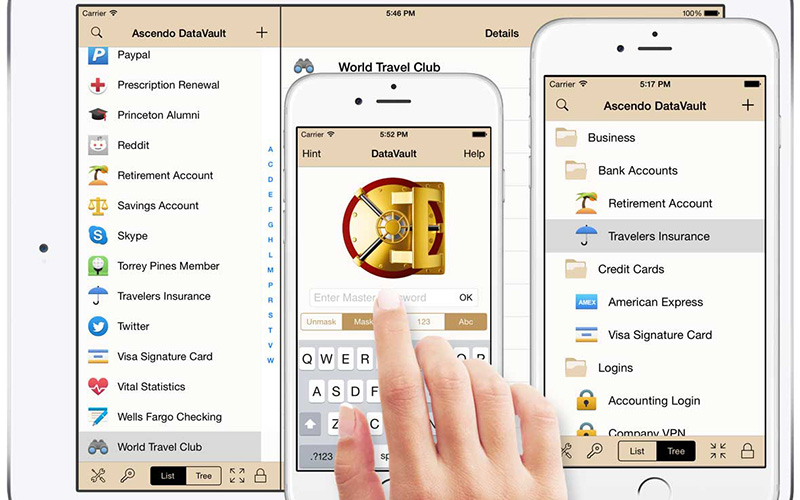IoT Solutions: Key Trends You Should Know About

Thanks to the tech progress that has been achieved over recent years, we can observe incredible advancements made in the sphere of the Internet of Things. IoT allows developers to unite into one network a lot of devices and organize reliable real-time data exchange between them. IoT-powered solutions are gradually becoming a standard across many industries. And given the ongoing demand for such products, we can presuppose that in the near future, we will see the introduction of even more innovative solutions built for various domains.
In this article, we would like to talk about the latest trends in IoT development.
Smart water management
Smart water management plays a crucial role in addressing water scarcity, improving the resilience of water infrastructure, and ensuring the sustainable use of this resource. It also helps utilities and municipalities reduce operational costs and environmental impact while providing better services to consumers. What functionality can IoT water management solutions offer today?
Such systems typically provide tools for monitoring water quality, identifying leaks and waste, controlling river levels, as well as gathering important data that will be valuable for demand analysis and water resource management.
Smart parking
When we are talking about cars on the road and the power of IoT, the majority of us will recollect autonomous vehicles. Namely thanks to IoT the system gets real-time data related to everything that is happening around when a car is moving. The popularity of such cars is moving higher and it is expected that in 2030, the number of sold self-driving cars will be around 58 million.
However, that’s not the only use case of the Internet of Things in the context of driving. Smart parking systems have a high chance of changing our understanding of public parking. Today drivers may face a lot of problems when they need to find a place to leave their cars in busy urban areas. IoT parking management systems can make it possible to check the availability of slots and book them in advance. Moreover, such apps can provide a very convenient way to pay for using public transport.
Digital twins
Digital twins are virtual representations or models of physical objects, systems, or processes. They use data and simulation to mirror the real-world counterpart, allowing businesses to monitor, analyze, and control the performance of different devices, equipment, and tools. You may ask why we are talking about digital twins while discussing the Internet of Things. These virtual representations fully rely on real-time data that is gathered by different connected sensors.
Today such digital twins are already used in various domains, including but not limited to manufacturing, healthcare, infrastructure management, and many others.
One of the latest innovations in developing such virtual twins is integrating AI functionality. While the Internet of Things is responsible for collecting data, Artificial Intelligence plays an important role in analytics, forecasting, planning, and making business decisions.
Blockchain-powered IoT systems
IoT and blockchain are known as two emerging technologies that have really enormous potential to enhance the quality, reliability, transparency, and security of many systems. While IoT systems need to gather and process huge amounts of data that is typically highly sensitive. Blockchain, in its turn, can be applied to create a tamper-proof ledger where this data will be recorded. When data is placed on the blockchain, it can’t be deleted or modified. It helps to ensure the desired visibility of all the transactions, steps, and processes within a system.
Voice activation for IoT devices
Voice commands are a very popular and convenient way to control smart devices and interact with them. While voice activation is gaining popularity among solutions developed for wide circles of users, it is also worth mentioning that they can greatly change the game for users with different types of disabilities (and especially with limited mobility).
Already today voice activation is a feature applied in many smart home solutions that offer comfort and automation of different tasks and enhancement of the overall user experience.
As technology continues to advance, voice interactions are poised to find use cases in different industries in the near future. Among the pioneers in embracing voice and speech recognition technology are banks and FinTech startups.
Voice biometry represents a noteworthy advancement within the field of voice recognition technology. It helps companies and organizations construct a digital voice profile by analyzing distinct attributes, including pitch, intensity, tone, dominant frequencies, dynamics, and more. Businesses are increasingly optimistic that this approach will offer enhanced reliability compared to existing methods.
Closing word
The application of the Internet of Things in the modern business world is very wide these days and in the future, there may appear even more new use cases. However, it is vital to bear in mind that there are still some challenges and limitations that are associated with the implementation of IoT systems. The list of these issues traditionally includes data management, privacy, and security concerns. These are the key aspects that stakeholders need to work on in order to enhance the solutions that they offer to users.




